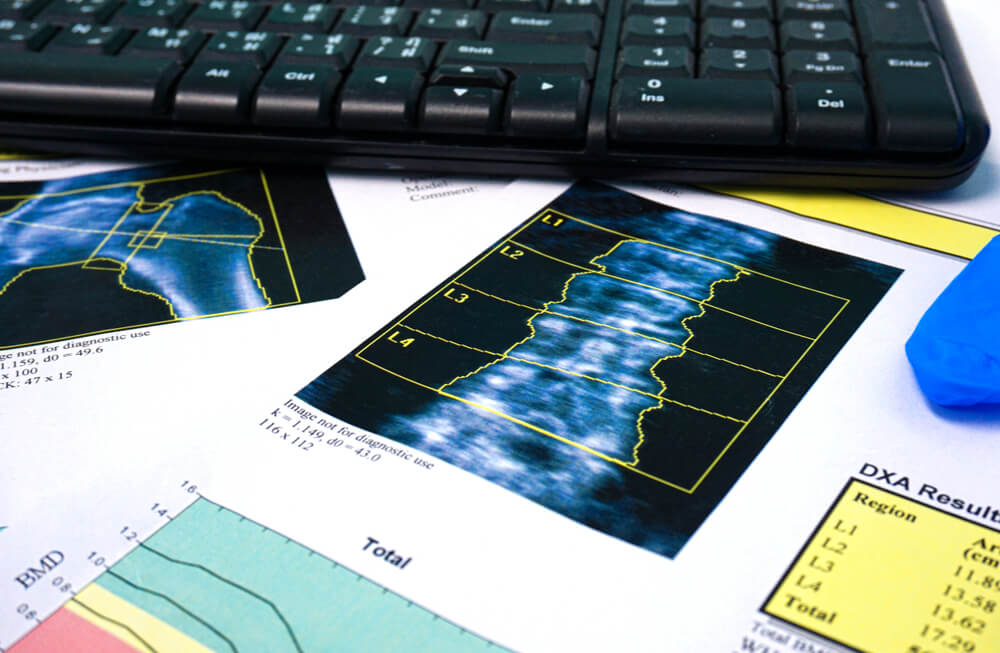Dual X-ray absorptiometry test measures bone density by passing through x-rays with two different energy levels through the bone. It is utilized to analyze osteoporosis.
The dual x ray radiates with various energy levels, and is focused on the patient’s bones. When delicate tissue assimilation lessens, the bone mineral thickness can be resolved from the retention of each pillar by bone. In dual x-ray absorptiometry, it generally utilized and most closely examined bone thickness estimation innovation.
It is commonly used to diagnose and follow-up osteoporosis, as differentiated to the atomic bone output, which is sensitive to certain metabolic disorders in which bones are endeavoring to recuperate from infection, cracks, or tumors.


